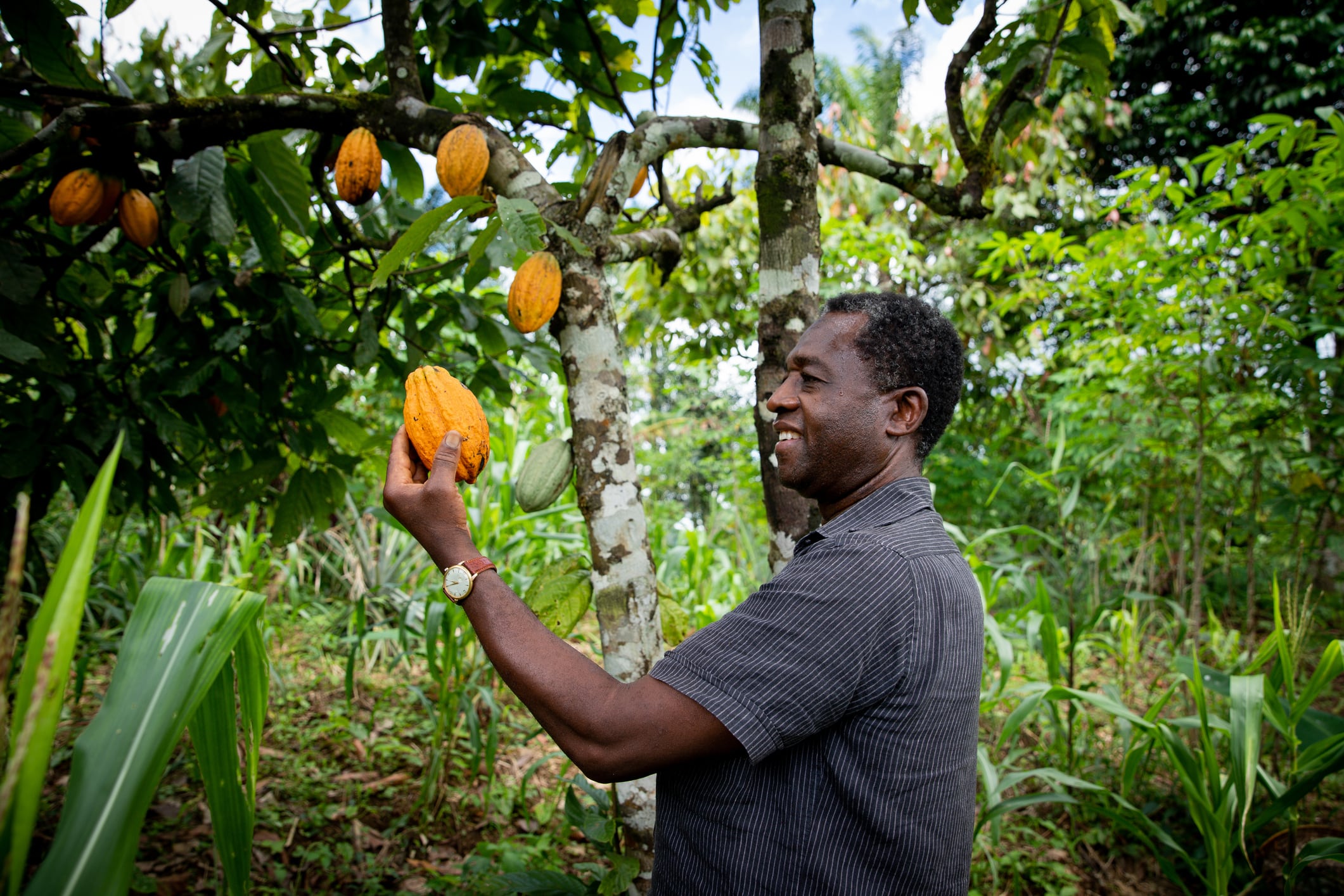
EUDR: 4 key traceability challenges for cocoa
Traceability challenges for cocoa: SummaryCocoa must be traceable in order to be EUDR-compliant Traceability is made far more difficult when farmers are not in cooperatives and there is no centralised buyingCoxeurs (middlemen) often operate without records, making traceability more difficult Complex, multi-layered supply chains reduce transparency upstreamSatellite tech faces limitations that can be mitigated by ground dataAs the European Union Deforestation Regulation (EUDR) looms on the horizon, chocolate manufacturers must be ready to have the capability to trace their products back to the source. Traceability is at the heart of the regulation. Without it, no product is compliant.
But traceability is easier said than done. The layers and complexities of the cocoa supply chain can be a significant impediment to full traceability.
What are the main challenges facing cocoa manufacturers when tracing cocoa back to its source?
1. Lack of centralised buying Cocoa farmers often work within cooperatives, which organise labour and create a conduit between farmers and buyers.
However, this is not always the case. When farmers are not organised as such, traceability becomes much more difficult.
“Without organisation into groups or cooperatives, tracking beans is nearly impossible due to the lack of support systems and centralised buying,” explains a spokesperson for Rainforest Alliance, an NGO.
Even in the case where they are in cooperatives, this does not mean that traceability is easy: supply chains are still highly complex.
2. The complexity of supply chains Supply chains for cocoa are notoriously complex. Beans and other cocoa ingredients change hands many times before reaching the final product, the Rainforest Alliance spokesperson points out.
“Each transfer adds actors who must be engaged in traceability efforts.”
Furthermore, suppliers are not always open about recipes or sourcing information.
“Effective traceability therefore requires companies to work not only with first-tier suppliers but all the way upstream, offering incentives for transparency.”
3. The presence of coxeurs Coxeurs are “middle agents” who buy directly from farmers and transport them to suppliers. They can often pose difficulties for traceability efforts.
“Focused on maximising volume and profit, they purchase from any farmer – regardless of farm location, including those in deforested areas,” explains the Rainforest Alliance spokesperson.
“This practice undermines traceability efforts. Coxeurs sometimes lack strong record-keeping skills, and in some cases, keep no records at all of their purchases or the farmers they source from.”
However, the spokesperson suggests that helping coxeurs have more transparent practices, as well as incentivising them to keep records, can help companies mitigate the traceability problems they pose.
“Supporting them with training, tools, and fair commercial terms can align their business interests with traceability goals. Digitising traceability systems can further strengthen accountability and make it easier to track beans back to their source.”
4. Limitations of satellite technology Satellite technology provides companies with a high-tech way of making traceability estimates, collecting deforestation information from above.
However, problems do exist with factors such as cloud cover, low resolution, and the difficulty of collecting data on commodities such as cocoa that are, unlike palm oil trees on large plantations, tucked into a larger forest.
Nevertheless, limitations in satellite technology can be overcome by not relying on it exclusively, but “complementing remote sensing with ground-based and local data sources from governments, NGOs, and research institutions,” explains the Rainforest Alliance spokesperson.
“This collaborative approach to data integration can provide region-specific insights that enhance global datasets and increase confidence in ongoing monitoring. In all cases, ground-truth validation is critical for verifying satellite-based assessments.”











